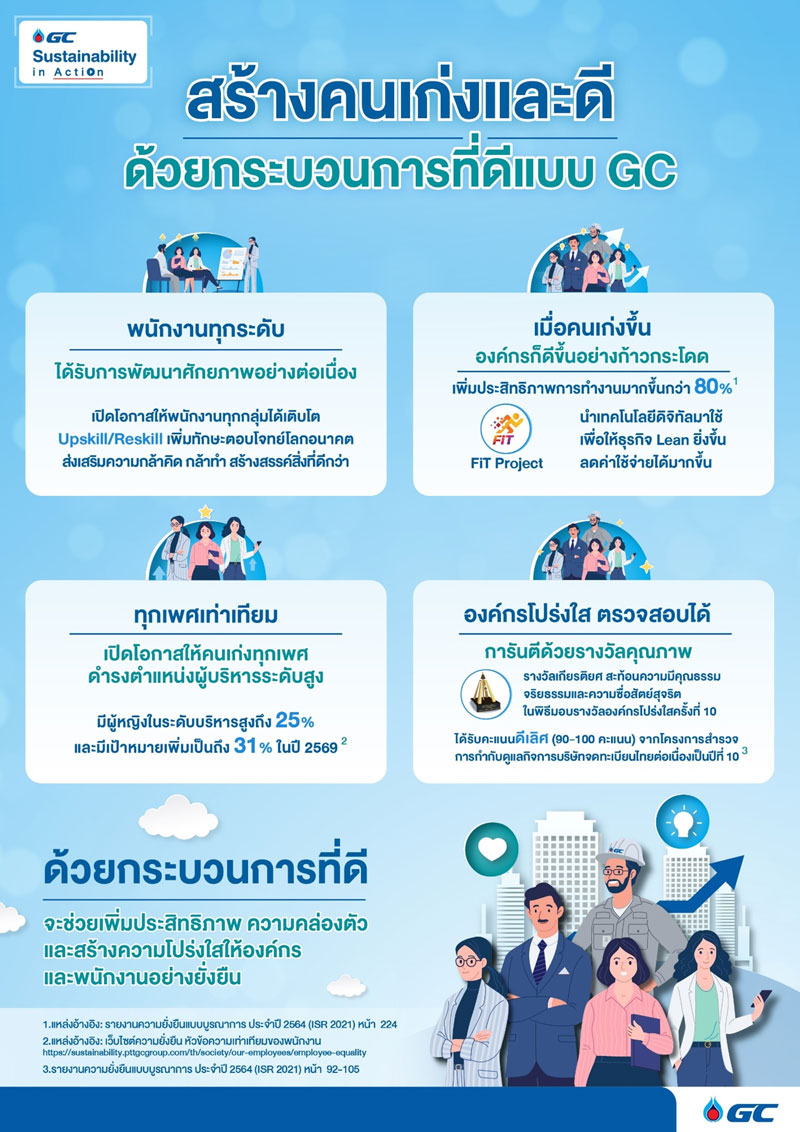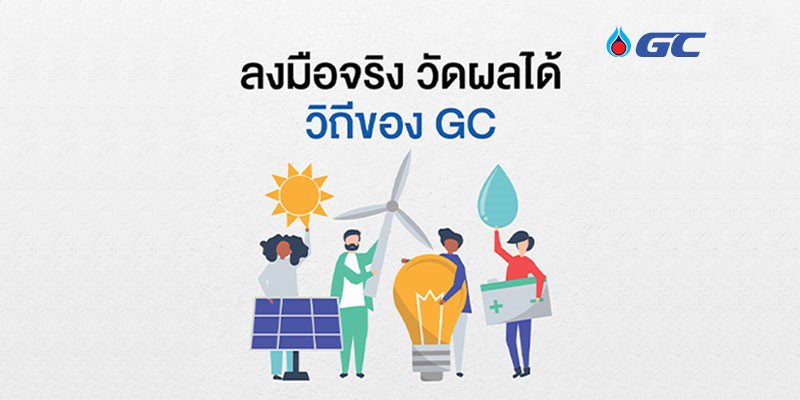Feature Stories
Bangkok Design Week 2019: Showcasing Creativity in the Old Town-Charoenkrung Area and Expanding a Lifestyle Trend that is Changing the World
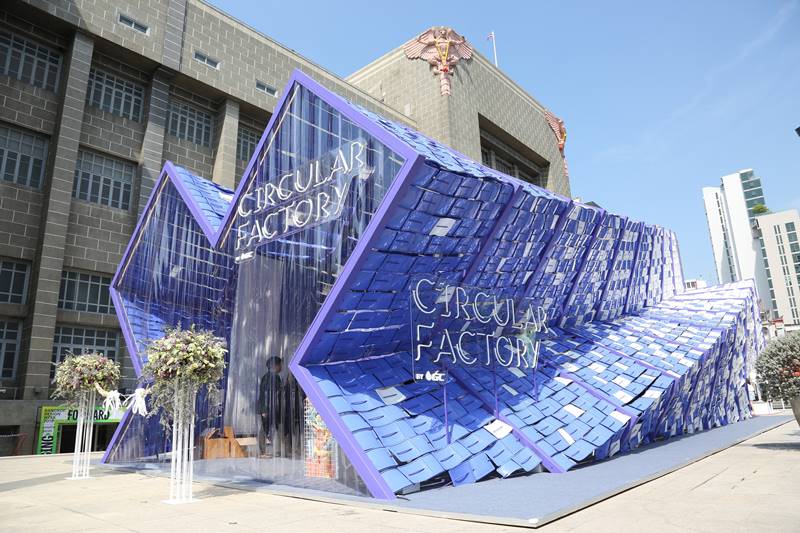
Returning for the second time, Bangkok Design Week 2019, with this year's theme of "Fusing Forward," showed how we can improve our quality of life both in the present and the future. In collaboration with the government, private sector, and communities, a wide range of creative and design pieces by Thai and international designers were on display in Charoenkrung and other areas of Bangkok from 26 January until 3 February 2019.
Many people may wonder why the Charoenkrung area was selected for the second consecutive year as the venue for Bangkok Design Week. The reason is simple: The Creative Economy Agency (CEA) sees this location, which is filled with historic architecture and cultural heritage, as the perfect spot to be Bangkok's first creative district under the concept of a creative economy. It also demonstrates how urban renewal can provide economic benefits. For example, an old pier and warehouse established during the reign of King Rama V was converted into Asiatique, a large open-air mall and riverfront lifestyle venue. Charoenkrung also hosted the Awakening Bangkok event last November, making full use of the district's historic buildings and location.
Bangkok Design Week 2019 presented many examples of creativity through five main activities: Showcases & Exhibitions, Talks & Workshops, Creative District, Events & Programs, and Creative Market.
A major highlight was the rich, violet-colored Circular Factory by GC pavilion, located in front of the Grand Postal Building. A manufacturer of chemicals including plastic resins, PTT Global Chemical PCL, or GC, built a replica of a recycling factory under the Circular Living concept to show how everyone can help make the world a better place by changing their lifestyle when it comes to using plastic by reusing, recycling, and upcycling, which means turning plastic into new value-added products. The Circular Living concept was featured in three zones in the pavilion where visitors learned more about plastic, that plastic is not the villain it's often made out to be, and that simply disposing of plastic is not a solution to the waste issue. An important way forward is to create a new lifecycle for plastics, ensuring they can be re-circulated from the manufacturing process through to consumption as efficiently and for as long as possible.
The three zones in the Circular Factory by GC pavilion were:
- First zone: 7 Circulars that educated visitors about waste segregation by allowing them to match various balls with numbers representing different types of plastic, such as PET, HDPE, PVC, LDPE, PP, and PS. The balls were placed into plastic tubes with a corresponding number, then travelled along the tube into their respective compartments.
- Second zone: DIY & Industrial Recycling built upon the first zone by answering the question: What is done with plastic after it is segregated? Visitors enjoyed an overview of the plastic recycling process through a model recycling factory that included injection and compression molding machines. In addition, Dominic Phuwasawat Chakrabongse, Director of Precious Plastic Bangkok, a plastic recycling shop, provided a shredder and extrusion machine to demonstrate the process of making bowls from bottle caps.
- Third zone: The Circular Showcase, with the slogan "From product to product," explained what Circular Living is all about and how the plastic waste issue can be resolved through the upcycling process, which transforms plastic waste into value-added products with longer lifecycles. This zone showcased upcycled products from GC's Upcycling the Oceans, Thailand (UTO) project including t-shirts and backpacks, recycled plastic tree pots from Pongprai, upcycled plastic fish-shaped bags from Paapaow, and decorated furniture from Many Go Round, upcycled from the plastic molds of box lids and trays from plastic injection factories.
The pavilion's entrance and exit symbolically reflected the visitors' point of view before and after their visit. They walked in through an X-shaped entrance that conveyed the challenges stemming from plastic consumption in our everyday lives. After learning through the activities in the pavilion's three zones, visitors left through a plus-shaped exit, with a new point of view and a renewed sense of hope about recycling plastic waste, and how everyone can contribute to resolving this issue by changing their mindset and their lifestyle to make the world a better place.
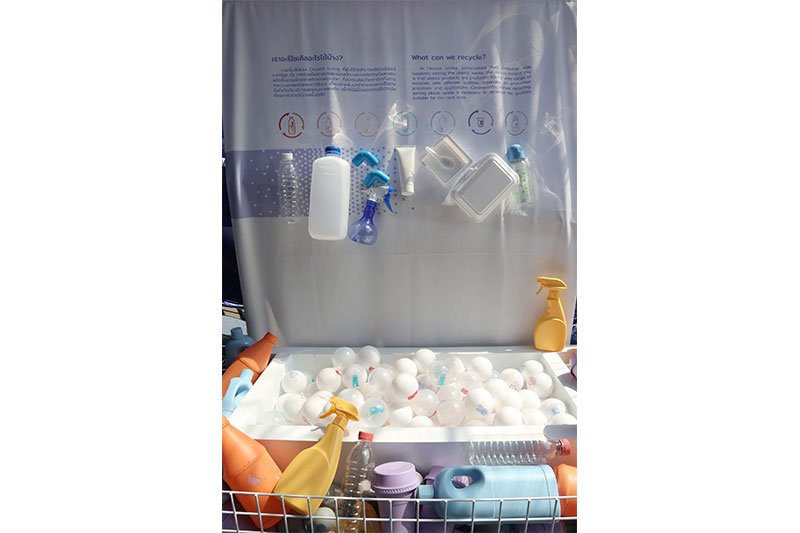
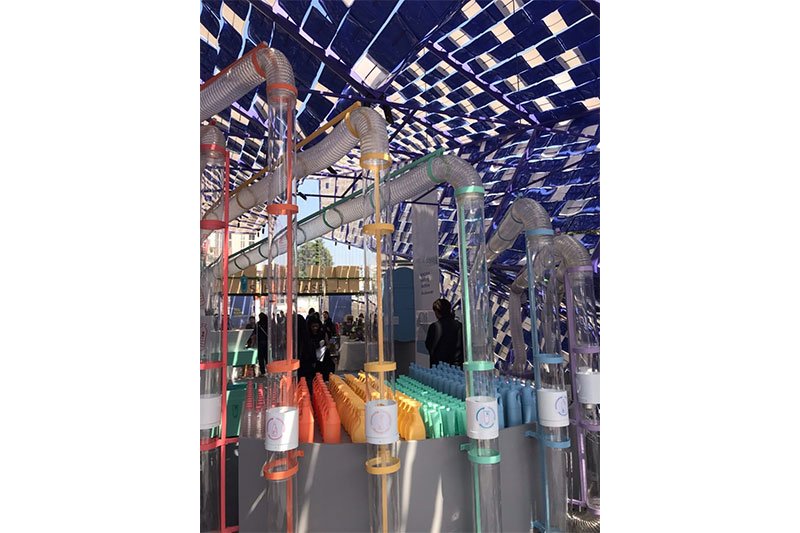
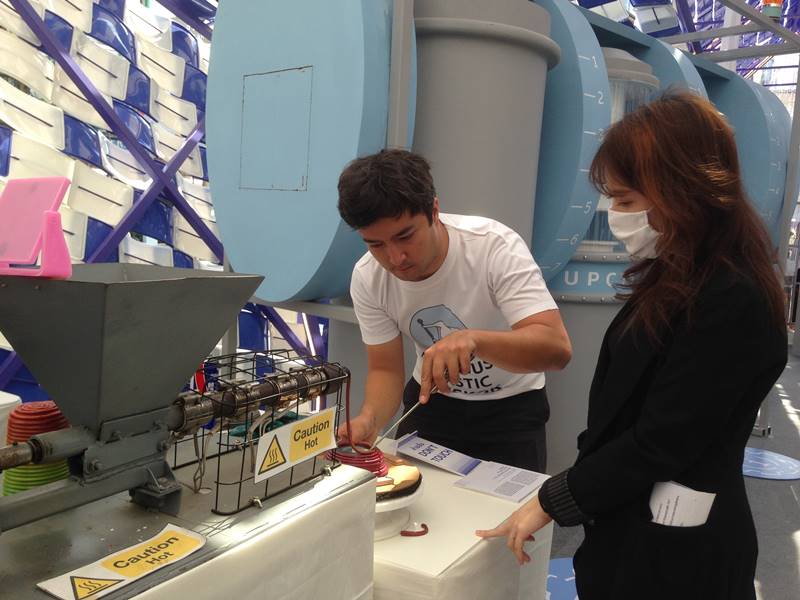
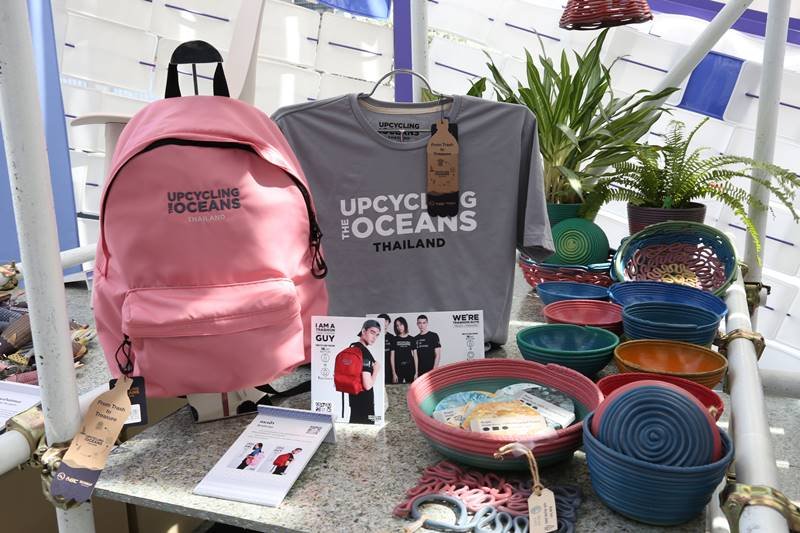
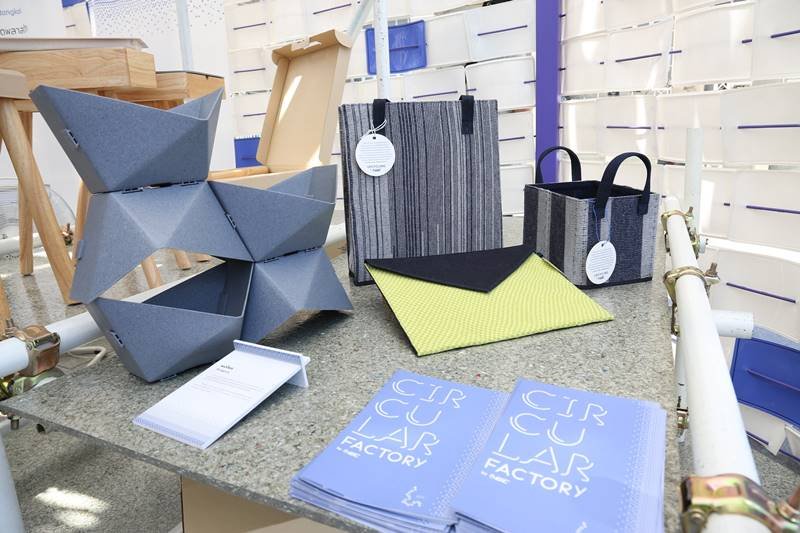
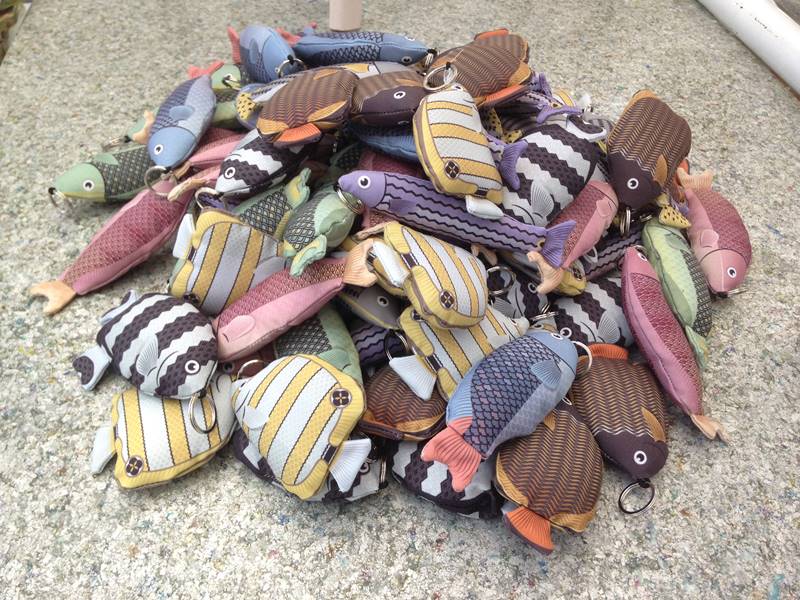
#Circular Factory
#Circular Factory by GC Bangkok Design Week 2019
#BKKDW2019
#Plastic Waste
#Plastic Debris
#Recycle
#Upcycle
#Circular Economy From Trash to Treasure
#Sustainable
#Fashion
#Eco-friendly
#Lifestyle
#Art
#Design
#Art Exhibition
